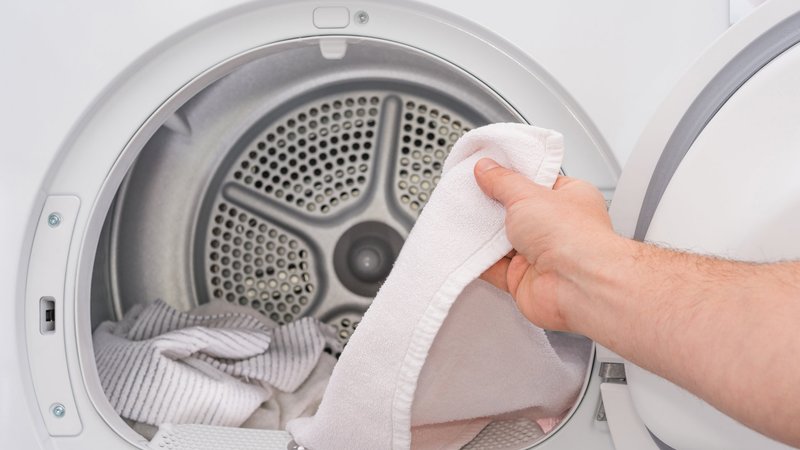
The truth is, dealing with appliance errors can feel daunting. They’re like those mysterious lights on a car dashboard that appear out of nowhere. But don’t worry—navigating these issues is easier than you think, especially when you have a warranty to lean on. In this article, we’ll break down what the F1 error code signifies, explore whether it’s covered under warranty, and explain the steps you can take to resolve it.
Understanding the F1 Error Code
The F1 error code on your LG dryer is like a red flag waving to get your attention—it’s telling you that there might be a problem with the dryer’s internal components, specifically the control board. Think of the control board as the brain of your dryer, managing and coordinating all its functions. When something goes awry with this crucial part, an F1 error code appears.
This error typically suggests that there is an issue with how the dryer is communicating internally. Just like when your phone glitches due to a software bug, the dryer’s control board may be encountering a glitch or failure. Commonly, this could be due to issues like electrical surges or even a faulty manufacturing defect. The result? Your dryer can’t effectively manage its tasks, and thus, it signals you with that F1 code.
Now, you might be thinking, “Can I fix this myself?” While some minor appliance glitches can be tackled with a quick reset, the F1 error is a bit more complex. It usually requires intervention from a professional technician who understands the intricate workings of the control board. But before you pick up the phone to call for repairs, let’s explore if your warranty has got you covered.
Is the F1 Error Code Covered Under Warranty?
So, here’s the deal: whether the F1 error is covered under warranty largely depends on a few key factors, including the age of your dryer, the specifics of your warranty, and whether the problem is due to a defect or misuse. Most LG dryers come with a standard manufacturer’s warranty, typically covering parts and labor for a specified period, often one year from the date of purchase.
If your dryer is relatively new and still under this warranty period, chances are good that the F1 error could be covered—especially if it’s due to a manufacturing defect. In this scenario, reaching out to LG’s customer service should be your first move. They can verify your warranty status and guide you through the process of scheduling a service appointment. If the control board needs repair or replacement, and it’s a warranty-covered issue, you shouldn’t bear the cost.
However, it’s important to understand that warranties often have limitations. For instance, if the issue resulted from misuse, such as improper installation or using the dryer in ways not recommended by the manufacturer, the warranty might not apply. Similarly, if the warranty period has expired, you might need to cover the repair costs yourself. This is why it’s always beneficial to read and understand the specifics of your warranty when you purchase new appliances.
Steps to Take if You Encounter the F1 Error
You might be wondering, “What should I do now that I’ve got this error?” First, stay calm—appliance issues happen, and they’re often fixable. Begin by checking your warranty documents to see if they cover the F1 error, keeping an eye on any specific terms or conditions.
Next, reach out to LG customer support. They can provide guidance tailored to your situation, potentially scheduling a visit from a certified technician who can assess and address the problem. Remember, attempting to fix complex issues on your own, especially those involving the control board, could void your warranty or cause further damage.
While you’re waiting for professional help, consider preventative tips to avoid future issues. Make sure your dryer is installed correctly, avoid overloading it, and perform regular maintenance checks to keep it running smoothly. Simple actions like cleaning the lint filter after each use can prevent larger problems down the line.
In conclusion, encountering the F1 error on your LG dryer can feel like a hassle, but understanding your warranty can alleviate some of the stress. Most importantly, know that these issues are part and parcel of owning appliances, and solutions are often just a call away.
As you wait for resolution, think about cultivating good appliance habits. Regularly inspect your dryer for any signs of wear, and keep it clean and well-maintained to minimize the risk of future errors. With these steps, you’ll not only extend your dryer’s lifespan but also ensure it remains a trusty companion in your laundry endeavors.
When in doubt, don’t hesitate to seek professional help. They can save you time, money, and a whole lot of laundry-related headaches. Happy drying!